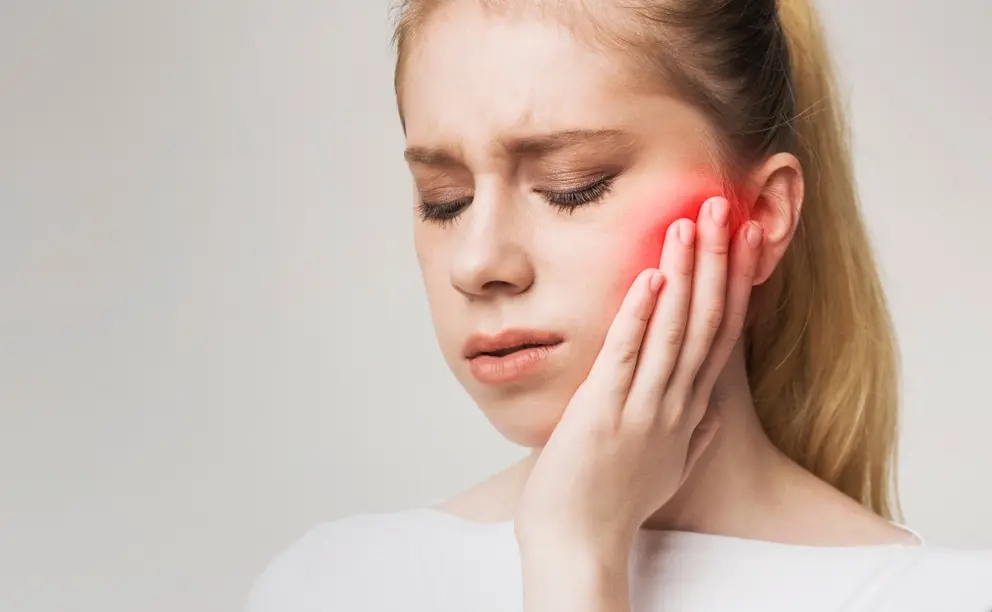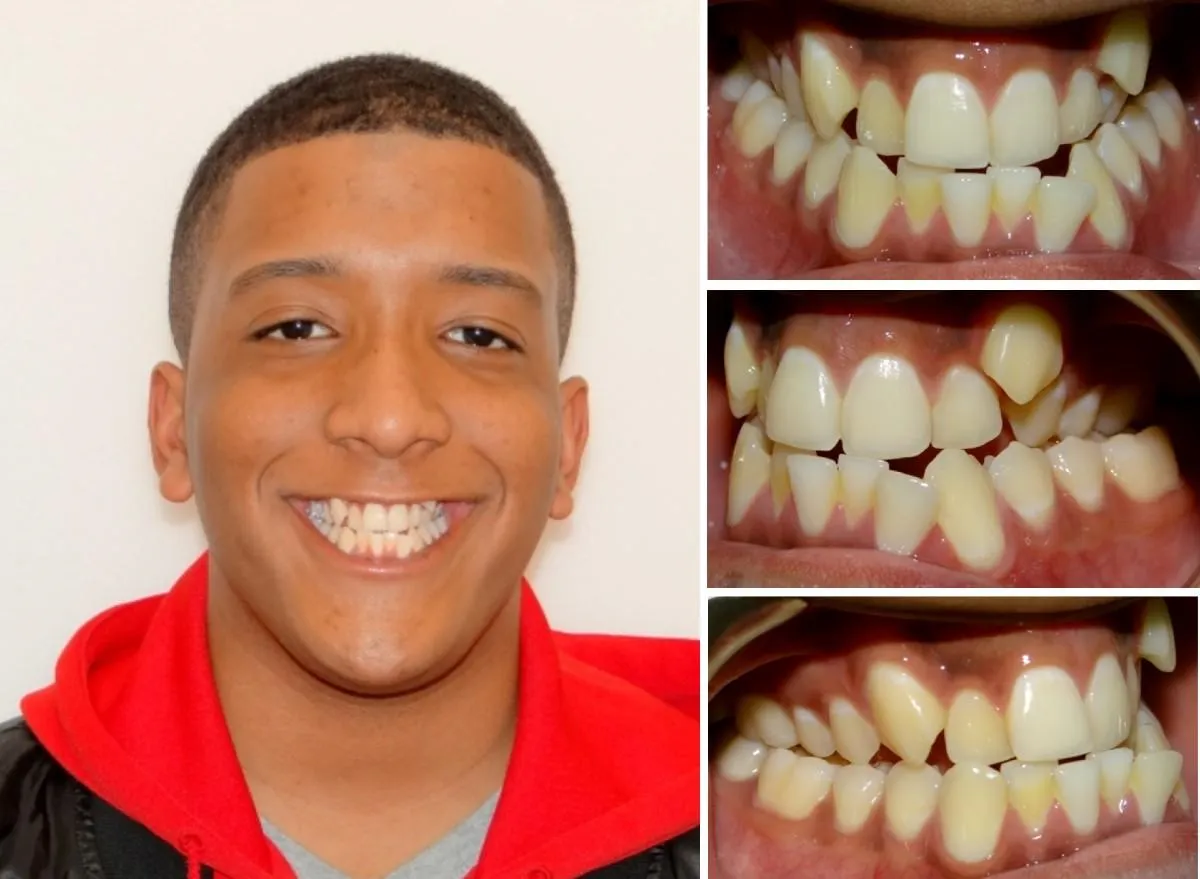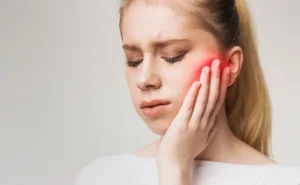How To Diagnose, Treatment Methods, and More
Are your teeth misaligned? You may have a crossbite. Crossbite – sometimes called an underbite – is a form of malocclusion, or bad bite , that results in rows of teeth that overlap improperly.
Rather than a proper bite, where the top teeth fit snugly over the bottom teeth with a very slight overbite, a crossbite or underbite occurs when the bottom teeth stick out past the top teeth, either in the front teeth or the back teeth.
Understanding crossbites is important for oral health. Crossbites are a type of dental misalignment. They can be identified by looking for specific signs. Treatment is essential and involves orthodontic care.
There are different types of crossbites. Each type needs a specific approach to correct it.
Orthodontic care for crossbite correction often includes Invisalign or palatal expanders. These methods are effective in treating crossbites.
Seeking treatment from a licensed orthodontist is recommended. They can provide the right care to improve your smile and bite.
Read on to get answers to all your crossbite questions.
Crossbite?

A crossbite is a dental condition where one or more lower teeth extend beyond the upper teeth. It’s important to understand the differences between anterior and posterior crossbite. In anterior crossbite, the misalignment occurs at the front teeth, while in posterior crossbite, the misalignment is seen in the back teeth.
Anterior Crossbites
An anterior crossbite is when the lower front teeth are ahead of the upper front teeth. This condition involves the four incisors and the canines. It happens in about 4 to 5% of people.
To fix a crossbite, orthodontic treatment is often used. In severe cases for adults, a mix of orthodontic care and surgery is needed. This helps to realign the lower jaw.
There are various treatment options for crossbite. These include braces and other dental methods.
The goal is to align the misaligned teeth. By doing this, the upper front teeth will properly overlap the lower ones. This treatment improves the look and health of your teeth.
Posterior Crossbites
A posterior crossbite is a dental issue where the back bottom teeth, including premolars and molars, stick out more than the upper teeth. This misalignment can happen on one or both sides of the mouth. It’s a common problem, affecting about 16% of people. Fortunately, it can be fixed with an orthodontic device known as an expander.
Treatment plans for a posterior crossbite often involve this expander. It helps by making sure the upper teeth sit properly over the lower teeth. Without treatment, a crossbite might lead to tooth decay.
Braces treatment is another option. For the best care, it’s important to consult a dentist or orthodontist. They can recommend the right approach for each individual case.
Underbite vs. Crossbite
An underbite is another way to describe a crossbite – the bottom front teeth protrude past the top teeth, creating an improper bite, or underbite. In a healthy smile with a correct bite, there is a very small overbite: the top teeth slightly overlap the bottom teeth, and all the teeth connect when the bite is closed. With an underbite, the reverse is true, leading to malocclusion, or a bad bite. The underbite may occur in the front teeth (anterior crossbite), back teeth (posterior crossbite), or both.
Overbite vs. Crossbite/Underbite
In a healthy bite and a well-aligned smile, there will be a small overbite: the top teeth will overlap the bottom teeth, and the rows of teeth will fit together comfortably when the bite is closed.
With a crossbite, the opposite is true: the bottom teeth stick out past the top teeth. This may be true of just a single tooth or a whole section of teeth.
Overbites may be too deep and require correction; crossbites must also be corrected.
Crossbite?

There are two main causes of crossbites or underbites, genetic causes, and developmental causes.
Teeth alignment and jaw structure, which are genetic traits, play a significant role in dental problems such as crossbites. This condition is often inherited, meaning if a family member like a parent or grandparent has a crossbite, a child is likely to develop a similar issue. To address this, crossbite treatment options, including the use of lingual braces, can be effective. These braces are designed to encourage teeth to move into their correct positions, helping to correct alignment issues.
Children cannot avoid inheriting crossbites, but an experienced orthodontist can effectively treat them with orthodontic care.
Crossbite in teeth can happen because of different things that occur when your teeth are growing, like:
- Sucking your thumb
- Breathing through your mouth
- Pushing your tongue against your teeth
- Using a pacifier or bottle for a long time
- Losing your baby teeth too soon
- Growing your adult teeth
All of the above can contribute to the development of a crossbite. For that reason, dental experts recommend children see an orthodontist beginning at age 7, so the orthodontist can monitor the growth of their adult teeth and determine any potential issues that may arise with their teeth and bite.
Bad for Your Teeth?

Yes. If left untreated, crossbites can cause significant damage to your health over time:
- Headaches, toothaches, or jaw aches
- Pain when chewing or biting
- Trouble closing your mouth properly
- Speech impediments such as lisp or slurs
- Poor sleep quality
- Temporomandibular disorder (TMD)
- Pain in jaw joints or muscles
- Difficulty maintaining proper oral hygiene
- Bacterial growth
- Plaque build-up
- Cavities
- Gum or periodontal disease
- Tooth loss
Crossbites or underbites are treatable with careful intervention from an experienced orthodontic doctor. Children should see an orthodontist as early as age 7, to determine future growth patterns and make any necessary interventions for the development of healthy smiles.
A proper bite and a healthy smile are key to overall health: get expert orthodontic care from licensed, experienced orthodontists to achieve the healthiest teeth possible for a lifetime of good outcomes for your whole body, your confidence, and your life!



